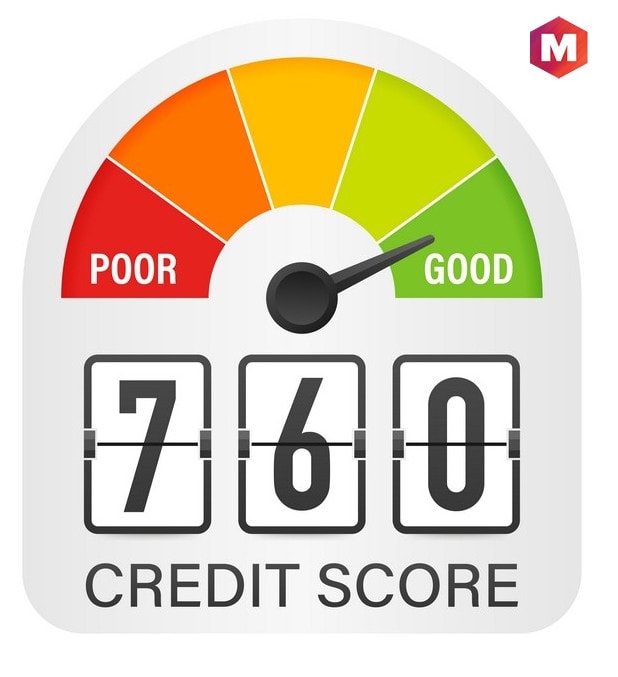A billing cycle is the time interval between two billing statements, in short, the time gap between the last billing date and the recent billing date. A billing statement is understood as the request for any payment regarding the regular sales of any good, service, or provision.
Depending on the type of product or service, the length of the billing cycle varies month-wise. With the help of a billing cycle, companies know when to charge their customers, plus it also assists them in estimating the amount of revenue they might receive.
Table of Contents
What is Billing Cycle?
Definition: The billing cycle is defined as the time period from the end of one billing statement date to the start of the next billing statement date for the products or services that an individual or business offers to another individual or business on a recurring basis.
For example, the monthly payment of the OTT subscription services is done as per the billing cycle dates and an online account holder of that OTT platform is supposed to make payments as per the chosen monthly or yearly billing cycle.
In the same way, your credit card billing cycle is compiled by your credit card issuer and it varies between 28 to 31 days that changes as per the credit card, credit limit, and the issuer.
Hence, the next billing cycle may occur on a monthly basis or may vary in length as per the services offered. The billing cycles vary depending upon the perfect time for charging the customers while maintaining the internal finance department.
Key elements of the Billing Cycles
Before encountering a detailed description of the cycle billing, a few critical elements of this cycle are mentioned below:
- The customer’s billing cycle refers to the time interval between two billing statements, mostly every month
- The period of the cycle varies from company to company
- The average days for the cycle is 20 to 45 days from the end of the last billing statement
- A cycle of billing sets the proper direction for the companies to charge the customers
- It also helps to keep the cash flow of the company constant
Example of Billing Cycle
Once you purchase a Netflix subscription, you are supposed to the agreed amount every month as per the billing cycle to keep on watching its shows.
The service provider will charge you once a month on the date you signed up for Netflix services. This is understood as a rolling billing cycle that a cable tv provider also follows. This cycle eases down the maintenance of accounting records and also lets companies be aware of the payment terms.
Importance of Billing Cycles
The cycle of billing plays a vital role in each company and focuses on collecting required finance from the customers. The reasons for the billing cycles as an essential element in business are stated below:
1. Increases cash flow
Cash flow is the movement of money into or out of business, and the movement can be both virtual and real. So, the cycle of billing every month enhances the chances of securing consistency of collection of money.
2. Improve customers satisfaction
Setting up a transparent interaction with clients constantly improves customer satisfaction. A cycle of billing routinely secures the required money a client needs to pay in the company. So, that’s how a company runs smoothly without being worried about the money.
3. Management of accounting team
The billing cycle helps the accounting department of any corporation to have a clear idea regarding the management of financial matters. By introducing accounts payable automation software, any company can get the required payment according to monthly plans.
4. Brings positivity
The procedure of this cycle enhances the activities of accounting professionals, increasing the company’s cash flow and finance positively and increasing the number of satisfied customers. So, involving the Billing cycle is synonymous with positivity for each company in various ways.
Steps of Creating a Billing Cycle
Creating a perfect billing cycle is an art and can be achieved through a few simple steps. The steps are mentioned below:
1. Name the Cycle
If you are about to create a cycle of billing, you need to be very clear about the name of the cycle to avoid confusion among the customers. A name of the cycle helps the clients to identify the particular cycle whenever it is applied.
2. Set a target for a bill
A company can introduce recurring billing cycles if the organization follows the recurring payment methods to deal with another business. Moreover, a few companies try to include the Billing cycle after establishing a continuation with the payments by the clients. So, making a decision on your target clients for the bill is very important to deal with.
3. Define the minimal things about billing
The billing cycle is a time-dependant plan that varies from day 20 to 45 days. Sometimes, a Billing cycle is an automatic method where the company deducts a particular amount of money from the holder’s account. By defining the type of the plan and every detail on it, a Billing cycle can be more acceptable and effective.
4. Determine the time duration for billing
The most crucial step of determining billing cycles is setting up the time interval. It directly influences the cash flow of the company.
For a small business, it’s wiser to use short billing cycles than keeping them every month. Short interval helps the companies to collect the money frequently without hampering the company’s other investments.
The determination of the interval of the billing period entirely relies on each company. The length of the period can be shortened or extended according to the perfect management of the company so that the company doesn’t face any shortage of cash flows.
Better cash flow always creates a harmonious relationship between the company and the customers. For example, a small startup always tends to keep a short interval between two billing statements so that it doesn’t experience less cash flow and work smoothly. The same goes for vendors and small businesses.
Card issuers also offer a grace period that is a time duration between the end of a billing cycle and the date the card holder’s payment is due. In this time period, cardholders will not be charged interest as long as they pay their balance in full by the due date.
Effects of Billing Cycle in Credit Card Score
The financial products that need monthly payments or subscriptions, such as credit cards or loans, always introduce a Billing cycle.
On the topic of credit cards Billing cycle mainly varies from 28 to 31 days, starting from the end of the first billing statement, and typically depends on the issuers of the credit cards. The credit issuers are bound to report the financial details to the three credit bureaus: Experian, Equifax, and TransUnion.
Any purchases or transactions from your credit card during the billing cycle report to one of these bureaus, enhancing the credit score. This is a monthly operation, and the credit score is added in each month during the Billing cycle.
Conclusion!
A billing cycle provides a timetable to each customer to get an idea about the expectations from the company and the duration and other regulations.
One of the most important things about the billing cycle is that the customers cannot just change the payment date whimsically.
Billing cycles help the companies to know when they need to charge the customers. In general, billing cycles are set on the basis of a month. But, based on the various kinds of products or the services presented by the company, the length of this cycle varies accordingly.
All in all, it is the easiest way to maintain the financial whereabouts of a company.

